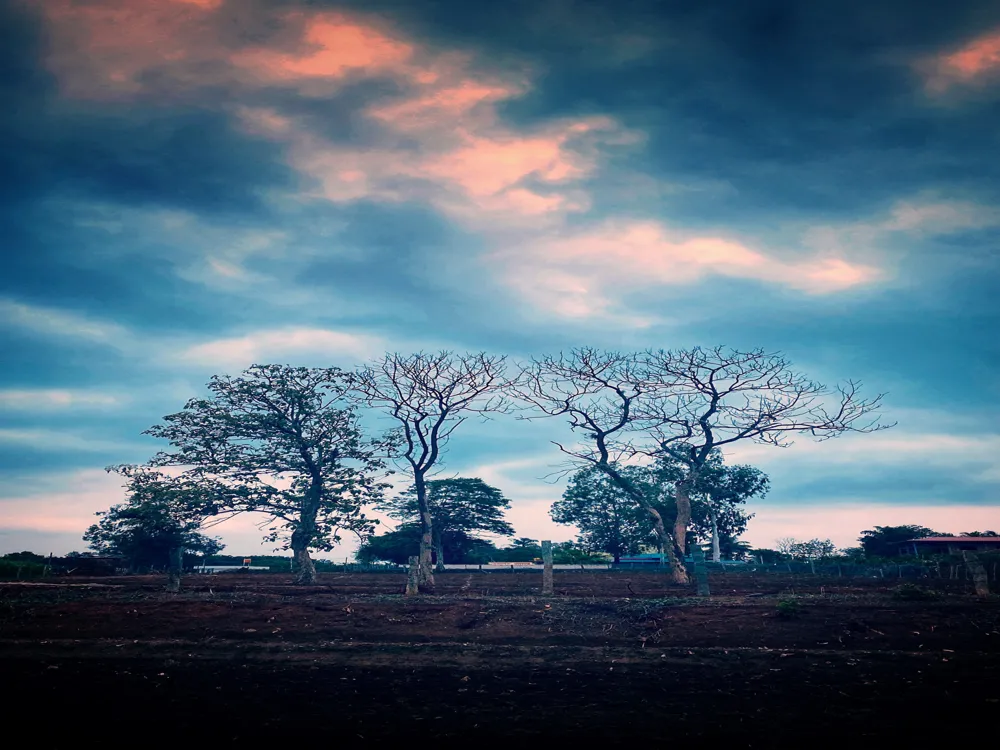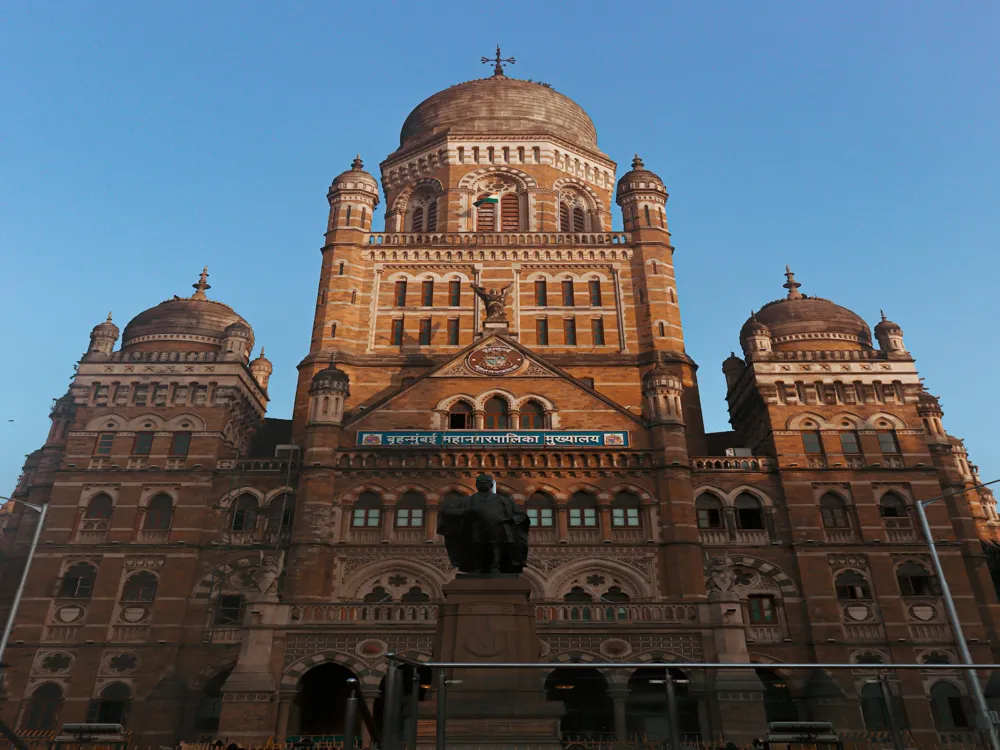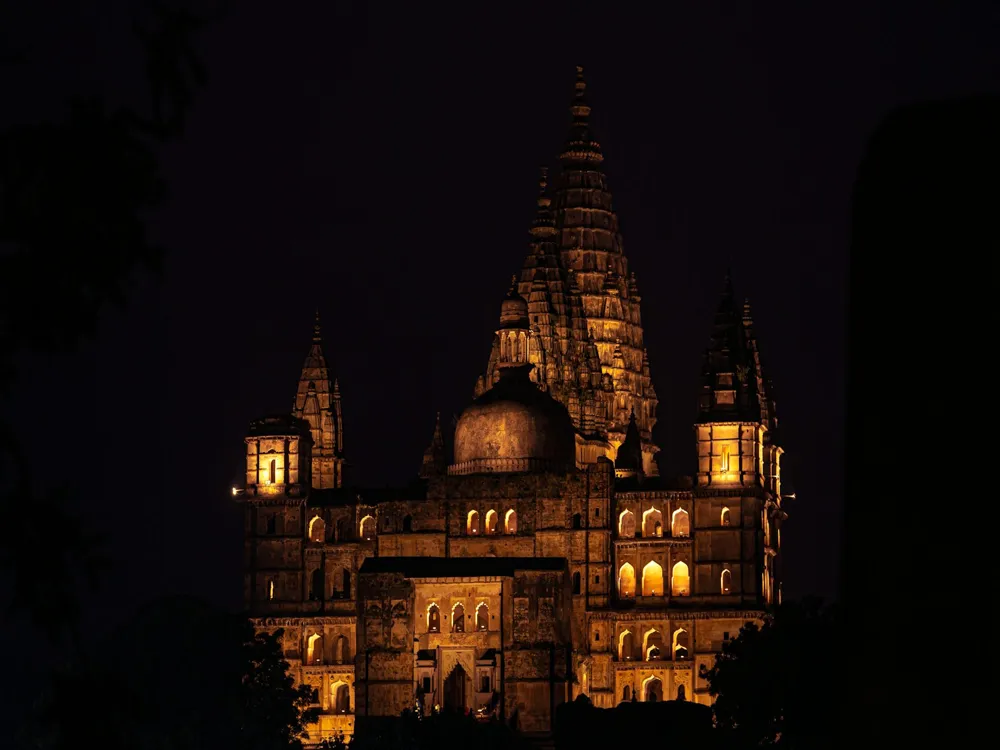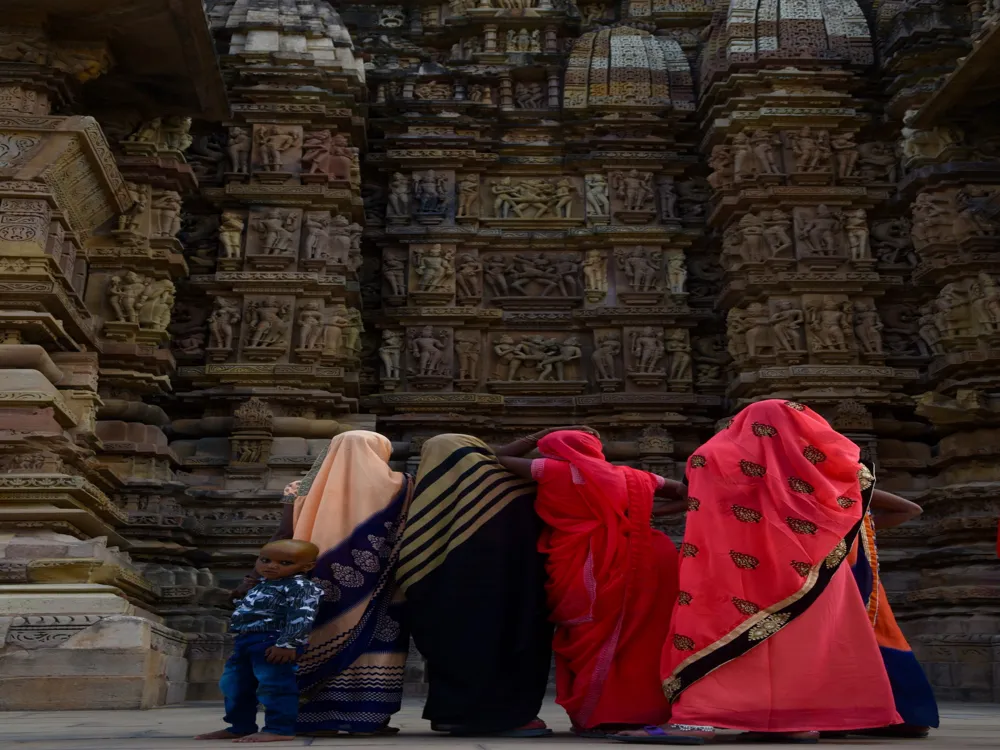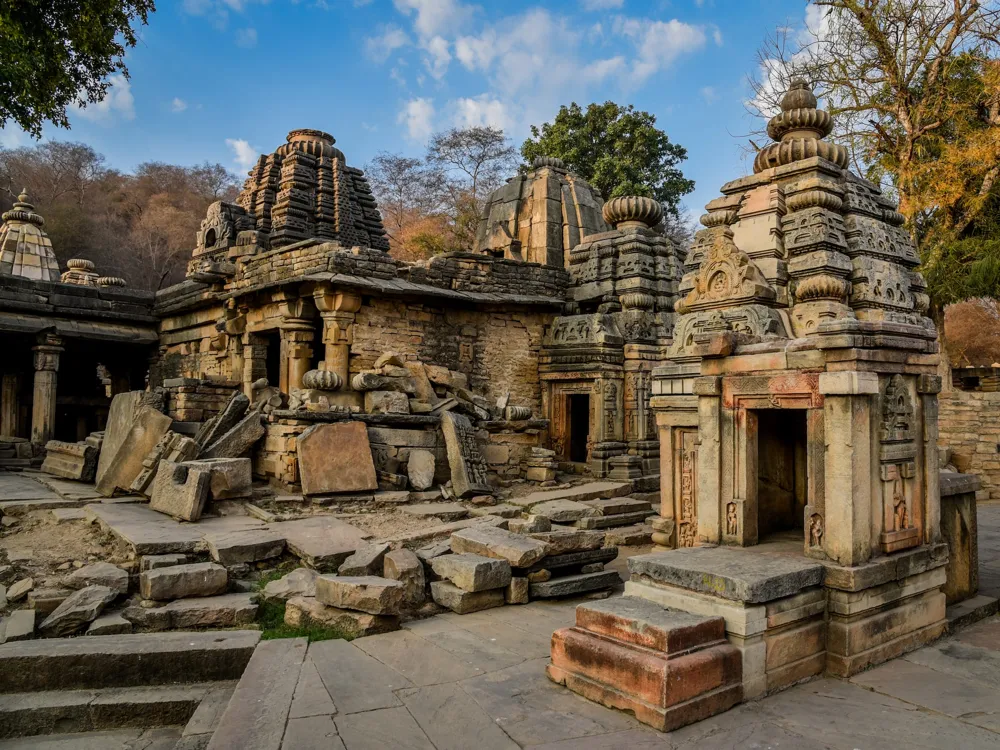The Jhansi Fort, a beacon of bravery and resilience, stands proudly in the historic city of Jhansi, Uttar Pradesh. This fort, dating back to the early 17th century, is not just a mere structure of stone and mortar; it is a symbol of the heroic struggle of Rani Lakshmibai against British colonialism. The fort's history is intertwined with the narrative of India's first war of independence in 1857, where Rani Lakshmibai, the Queen of Jhansi, played a pivotal role. With its sprawling ramparts and formidable structure, Jhansi Fort offers a fascinating glimpse into India's rich historical tapestry. The fort's architecture is a testament to the ingenuity of its builders. Constructed under the reign of Raja Bir Singh Deo of Orchha in 1613, it showcases a blend of North Indian and Mughal architectural styles. The fort has witnessed numerous battles and has undergone several renovations over the centuries, each adding a layer to its historical significance. Its walls, which have withstood the test of time, echo the tales of bravery, sacrifice, and the undying spirit of independence that Jhansi is known for. A visit to Jhansi Fort is not just a journey through its gallant past but also an exploration of its architectural marvels. The fort complex includes several historic structures such as the Ganesh Temple, where Rani Lakshmibai married Maharaja Gangadhar Rao, and the Shiva temple. The fort also houses the Rani Mahal, which has been converted into a museum displaying artifacts from the period of Rani Lakshmibai's reign and the 1857 rebellion. The fort's strategic location on a hilltop offers a panoramic view of the city of Jhansi, illustrating its importance as a military outpost. The robust fortifications, comprising ten gates, such as the Bhanderi Gate, Datia Darwaza, and Unnao Gate, were designed to provide unyielding defense against invaders. Inside, the fort's intricate network of passages and the cleverly designed escape routes reflect the architectural brilliance of its era. Apart from its historical and architectural significance, Jhansi Fort also plays a vital role in the cultural fabric of the region. It serves as the backdrop for many cultural events and festivals, drawing visitors from across the globe. The light and sound show held at the fort is a spectacular event that vividly narrates the story of Jhansi's glorious past, making it a must-see attraction for history enthusiasts. The architecture of Jhansi Fort is a splendid representation of the fusion between Indian and Mughal architectural styles, reflecting the rich cultural heritage of the era. The fort's massive structure spreads over 15 acres, surrounded by a moat on both sides, and is built on a rocky hilltop, providing strategic advantage and formidable defense. The fort walls, constructed with granite, are a testament to the architectural prowess of the era. These walls, though partly damaged, still stand tall, encircling the entire fort complex. The main entrance, adorned with intricate carvings and inscriptions, leads to an inner courtyard, which serves as the heart of the fort. Within the fort, one can find an array of structures, each with its unique architectural characteristics. The Rani Mahal, with its arched doorways and beautifully decorated rooms, is a fine example of the fusion of Indian and Islamic architectural elements. The balconies and the terraces offer a breathtaking view of the city, showcasing the strategic location of the fort. The Ganesh Temple at the fort is another architectural marvel. Its sanctum, adorned with murals and frescoes, tells the tales of the gods and goddesses of Hindu mythology. The temple's design and structure are in harmony with the fort's overall architectural theme, blending spirituality with royalty. The network of underground passages and secret escape routes highlight the strategic planning that went into the fort's design. These passages, meant for quick and stealthy movement during times of war, exhibit the meticulous attention to detail by the fort's architects. The fort's ramparts, bastions, and watchtowers are strategically placed, providing a comprehensive view of the surrounding area. This not only served as an effective defense mechanism but also showcases the advanced understanding of military architecture during that period. Today, Jhansi Fort stands not only as a historical monument but also as an architectural masterpiece, attracting scholars, historians, and tourists alike. Its design, which has stood the test of time, continues to inspire awe and wonder, making it a must-visit for anyone interested in India's architectural heritage. The ideal time to visit Jhansi Fort is from October to March when the weather is pleasant. Summers in Jhansi can be extremely hot, making it less comfortable for exploration. Opting for a guided tour can enhance your experience, as guides are well-versed in the fort's history and hidden gems. Photography is allowed inside the fort, so don't forget to bring your camera to capture its architectural beauty and panoramic views. The fort requires a fair amount of walking, often on uneven surfaces. Comfortable footwear is recommended for a better experience. Carry water bottles, especially during the hotter months, to stay hydrated during your exploration of the fort. Before visiting, check if there are any cultural events or light and sound shows, which can make your visit even more memorable. Jhansi Fort is easily accessible from various parts of India. Jhansi is well-connected by road, rail, and air. The nearest airport is Gwalior Airport, which is about 103 kilometers away. From there, you can hire a taxi or take a bus to Jhansi. Jhansi Railway Station is one of the major railway junctions in North India and is well-connected to major cities. For those preferring to travel by road, Jhansi is linked with a good network of highways making it convenient for travelers to reach the fort by car or bus. Read More:Overview of Jhansi Fort, Uttar Pradesh
Architecture of Jhansi Fort
Tips When Visiting Jhansi Fort
Best Time to Visit
Guided Tours
Photography
Wear Comfortable Footwear
Stay Hydrated
Check for Events
How To Reach Jhansi Fort
Jhansi Fort
Jhansi
Uttar Pradesh
NaN onwards
View jhansi Packages
Weather :
Tags : Forts & Palaces
Timings : 8:00 AM - 6:00 PM
Time Required : October to March
Entry Fee : INR 5 for Indians, INR 200 for Foreign citizens
Planning a Trip? Ask Your Question
Jhansi Travel Packages
View All Packages For Jhansi
Top Hotel Collections for Jhansi

Private Pool

Luxury Hotels

5-Star Hotels

Pet Friendly
Top Hotels Near Jhansi
Other Top Ranking Places In Jhansi
View All Places To Visit In jhansi
View jhansi Packages
Weather :
Tags : Forts & Palaces
Timings : 8:00 AM - 6:00 PM
Time Required : October to March
Entry Fee : INR 5 for Indians, INR 200 for Foreign citizens
Planning a Trip? Ask Your Question
Jhansi Travel Packages
View All Packages For Jhansi
Top Hotel Collections for Jhansi

Private Pool

Luxury Hotels

5-Star Hotels

Pet Friendly







